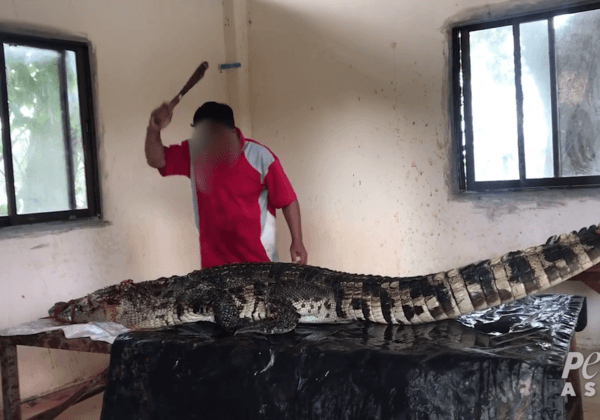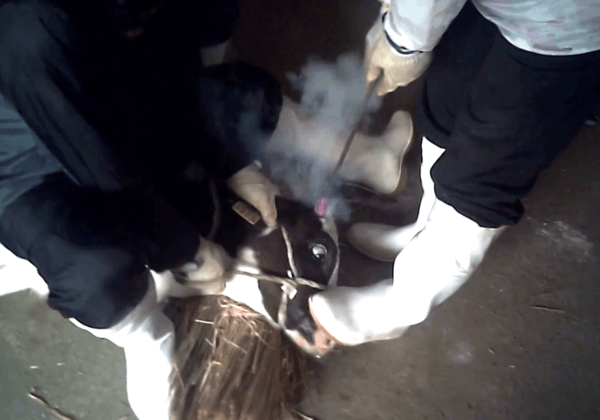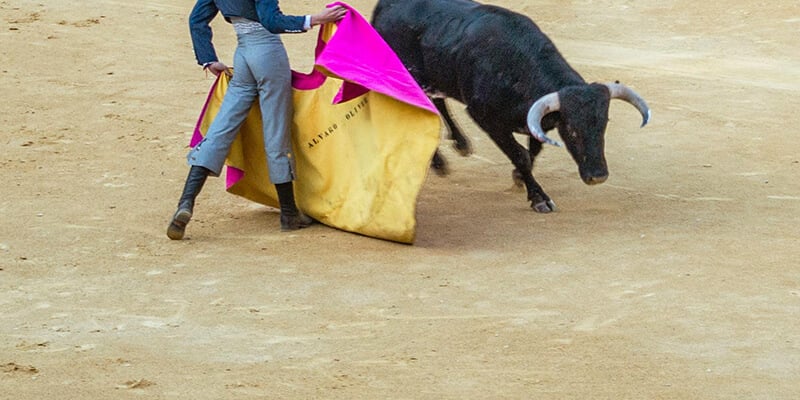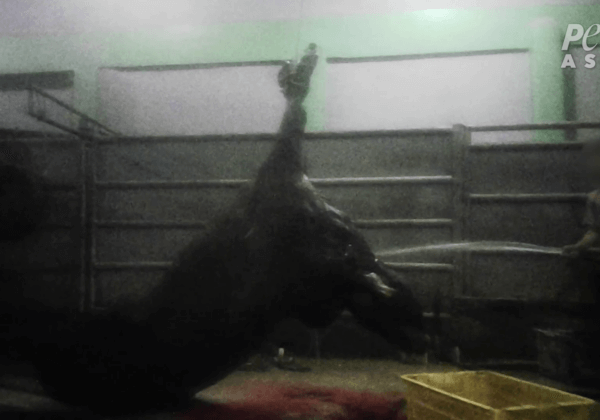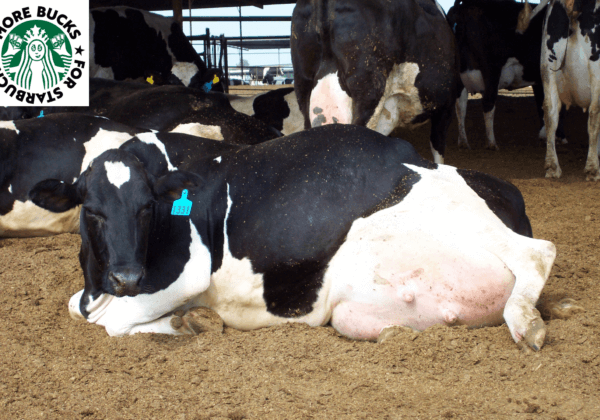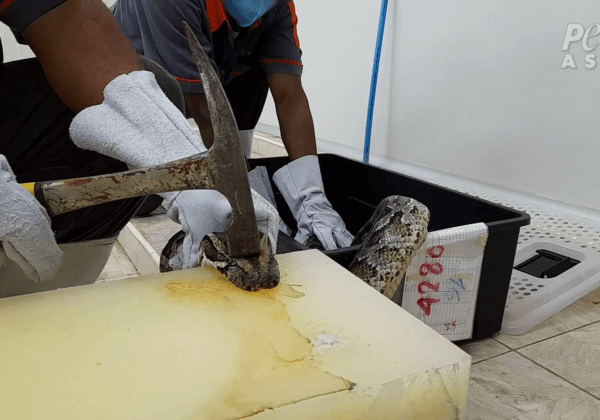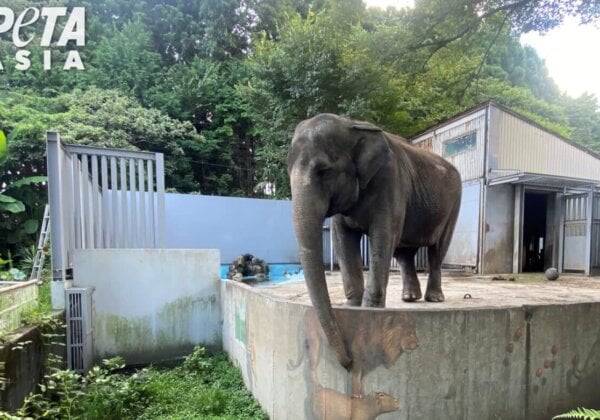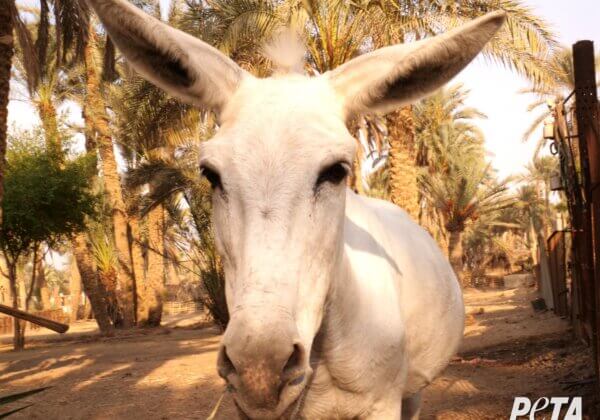Tagaytay: Beautiful Views, Harsh Realities for Horses

When I think about the Philippines, I envision a tropical paradise with clear water, fresh fruit, friendly people, and cute, fuzzy, big-eyed animals. This idealized image holds true in the case of the city of Tagaytay, located in the province of Cavite (about a two-hour bus ride south of Manila). The city of Tagaytay affords one of the most iconic views of the Philippines: Taal Lake, with Taal Volcano in the middle of it. One way to obtain a splendid view of the region is to climb the steep volcano, which is about 2.5 km high. Sadly, many tourists are too lazy to use their able-bodied legs. Instead, they cruelly rely on small, overworked horses for this task.
As I was hiking up the mountain with two fellow interns and our supervisor, we could hear the horses panting, huffing, and struggling to get their footing on the muddy, slippery slope. I knew that they must be severely stressed by the incline and extra weight because I was breathing deeply and sweating profusely in the humidity, and I didn’t have anyone on my back. Some of the horses had two people on them! How outrageous! Please keep in mind that these are not standard horses who stand 16 to 17 hands high and are fed a proper diet. They are much smaller and malnourished. Many of the horses had crusty eyes, and their ribs were showing. Some had open wounds on their bodies. Many of the “owners” carried self-made whips to ensure that the horses were moving the tourists up and down the mountain as quickly as possible in a sick attempt to maximize the day’s profits. As soon as one tourist would get off a horse’s back at the bottom, another would mount.
During our hike, we attempted to tell people why riding the horses up and down the mountain was inhumane. Throughout our hike, we saw only about three other parties hiking the mountain. Everyone else was on a horse. In addition to this travesty, the living corridors for the horses are anything but what should be considered a “living corridor.” There is no shelter from the extremities of the weather, no access to clean water, no hay or grass to graze on or relax in, and insufficient room. There must have been dozens of horses shoved into a small corral that would be fit for about two to three horses normally.
Unfortunately, many travel agencies include the “horseback ride” in their tour packages. But it’s clear to me that this cruel practice should not be endorsed or advertised. Thankfully, some travel agencies, such as the Filipino Travel Center, strongly discourage their clients from riding a horse up the mountain. The center even notes its objection on its website: “many of the horses are in bad condition and not suitable for this activity.” Next time you are faced with a decision between getting some quality exercise and exploiting an innocent animal, I hope you make the right choice. If you have the opportunity to climb the beautiful Taal Volcano, I implore you to walk.
Posted by former PETA Asia-Pacific intern Ashleigh Day

